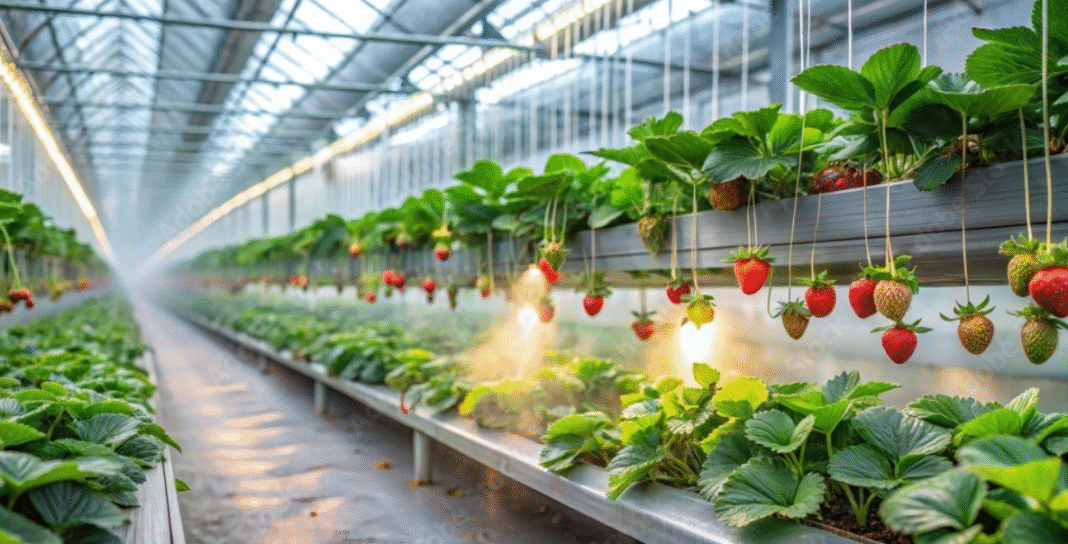Installing a DIY misting system is one of the most cost-effective and efficient ways to cool outdoor areas during hot months. Whether you’re looking to make your patio, backyard, greenhouse, or garden more comfortable, building your own misting setup can provide immediate relief from heat without a major investment. This guide covers every critical step—from choosing the right components to installation, maintenance, and optimization—ensuring your system runs smoothly and delivers optimal cooling performance.
Planning Your DIY Misting System
Before purchasing parts or tools, determine the size and purpose of the area you want to cool. Are you installing misters for a small patio or covering a large backyard or greenhouse? Define your goal clearly—whether it’s cooling your patio, irrigating plants, or reducing heat for outdoor activities.
Begin by measuring the perimeter of the installation zone. This allows you to estimate how much tubing you’ll need and how many misting nozzles are appropriate. For standard residential cooling, place nozzles approximately 2 feet apart. For greenhouses or plant-focused installations, closer spacing may be better to ensure adequate moisture coverage.
Next, assess your water supply. Misting systems require clean, pressurized water. A simple garden hose connection works for most basic systems, but ensure the pressure is sufficient—ideally between 40 and 100 PSI for low-pressure systems, and up to 1000 PSI for high-pressure setups. While high-pressure systems deliver better cooling and faster evaporation, they require more complex components, including a dedicated pump and filtration.
Choosing the Right Components
A functional DIY misting system consists of the following core elements:
- Tubing: Usually made of flexible polyethylene or nylon, tubing should be UV-resistant and rated for your system’s operating pressure. Opt for 3/8” or 1/4” tubing for residential use.
- Misting nozzles: Available in brass, stainless steel, or plastic, nozzles control droplet size. Fine mist nozzles (10 microns or less) are ideal for cooling, while larger ones are better for plant hydration.
- Connectors and fittings: T-connectors, elbows, and end caps are essential for custom layouts. Make sure fittings are compatible with your tubing size.
- Water filter: Especially important in areas with hard water, filters prevent nozzle clogging and prolong system life.
- Timer or automation unit (optional): Helps control operating times, reduces water waste, and allows unattended operation.
- Pump (only for high-pressure systems): Required if your water source does not provide enough pressure. Look for pumps rated for 800–1000 PSI for effective misting.
You can purchase these components individually or in a DIY misting kit, which often includes everything necessary for basic installation.
Installation Process Step-by-Step
Once you’ve gathered your materials, the installation process can be completed in a few hours:
- Plan the layout
Mark the spots where you’ll attach the tubing and place the nozzles. For patios, it’s best to mount them along the roofline or overhead structures to ensure uniform coverage. - Cut and mount the tubing
Use a sharp cutter to size the tubing according to your layout. Secure it along fences, pergolas, or eaves using brackets or clamps. Avoid sagging by keeping the tubing taut. - Install connectors and nozzles
Insert T-connectors where you plan to place misting nozzles. Screw the nozzles into each fitting securely, and make sure they point slightly downward to maximize coverage. - Connect to the water supply
Attach one end of the tubing to your water source. If using a hose bib, you may need an adapter. Install the water filter between the supply and the tubing to trap sediment and prevent nozzle blockages. - Test the system
Turn on the water slowly. Check for leaks and ensure all nozzles are functioning. If you’re using a high-pressure pump, follow manufacturer guidelines for startup and pressure adjustments. - Fine-tune performance
Adjust nozzle angles and spacing if necessary. Add more nozzles to high-traffic or poorly cooled areas. If water is dripping rather than misting, you may need to upgrade to higher pressure or finer nozzles.
Maintenance Tips and Common Issues
Maintaining your DIY misting system ensures long-term efficiency and prevents performance issues. Here’s how to keep it running optimally:
- Clean nozzles regularly: Mineral buildup can block misting nozzles over time. Remove and soak them in vinegar or a descaling solution once a month.
- Inspect tubing and fittings: Look for cracks, loose connections, or signs of UV damage. Replace any worn components before leaks develop.
- Winterize the system: If you live in a cold climate, drain the system before freezing temperatures to avoid burst tubing or fittings.
- Use filtered water: Always install a water filter or softener. Even minor sediment can clog fine mist nozzles quickly.
- Check pump function: For systems with a pump, verify pressure levels and listen for abnormal noise. Clean the pump’s inlet screen regularly.
Most problems—such as dripping nozzles, uneven misting, or low pressure—can be solved by cleaning or replacing components. Avoid using low-quality parts, as they degrade faster and reduce system efficiency.
Advantages of a DIY Misting System
Building your own mister system offers several distinct benefits over buying a pre-installed commercial solution:
- Cost efficiency: A full DIY setup costs significantly less than professional installation. Basic systems can be built for under $150.
- Customization: You control the layout, number of nozzles, and misting duration, tailoring the system to your exact needs.
- Ease of upgrades: It’s easy to expand your system later by adding more tubing or switching to higher-pressure components.
- Eco-friendliness: Misting uses minimal water (1–2 gallons per hour per nozzle), especially when paired with timers and efficient nozzles.
- Immediate results: Once installed, a well-functioning misting system can lower ambient temperatures by up to 20°F in dry climates.
This approach is ideal for homeowners, small-scale greenhouse operators, or event hosts who want immediate cooling without high upfront costs.
When to Consider a Professional System
While DIY misting systems are excellent for small- to mid-sized areas, professional systems are better suited for:
- Large-scale commercial patios
- Industrial outdoor workspaces
- Event cooling for large crowds
- Greenhouses with humidity automation
Professional systems often include high-end features such as automated misting, programmable zones, and remote monitoring, which can be costly and complex to install independently.
If your project involves cooling for hospitality, retail, or agricultural operations on a large scale, consider consulting with specialists such as Advanced Misting Systems, who offer turnkey misting setups optimized for performance and reliability.


